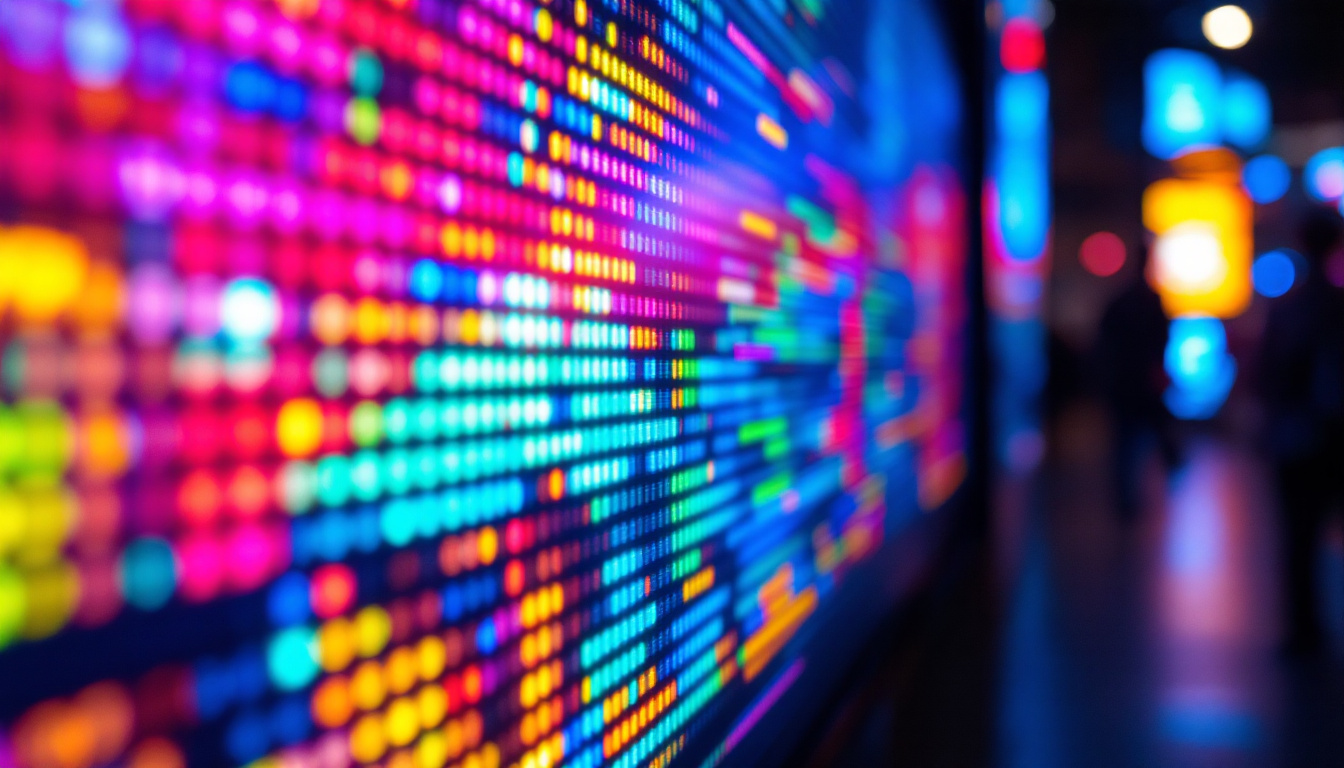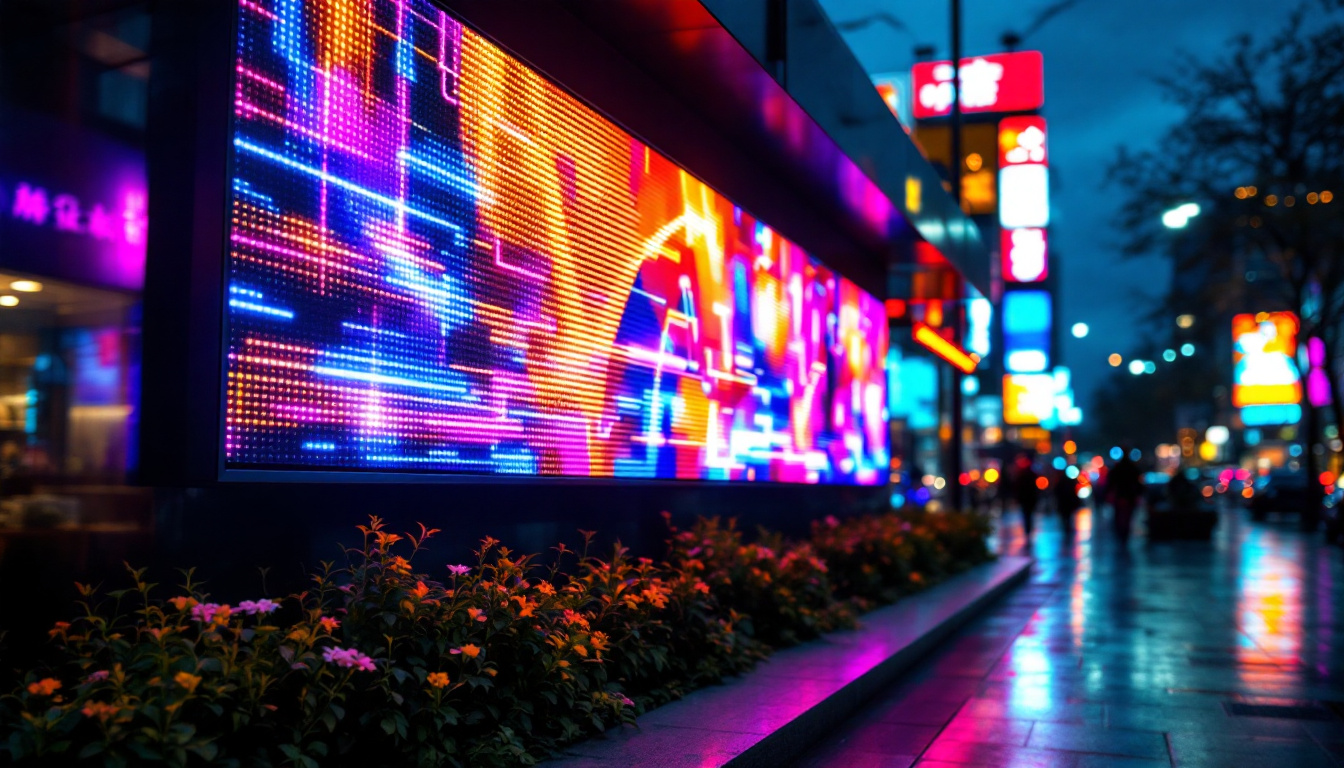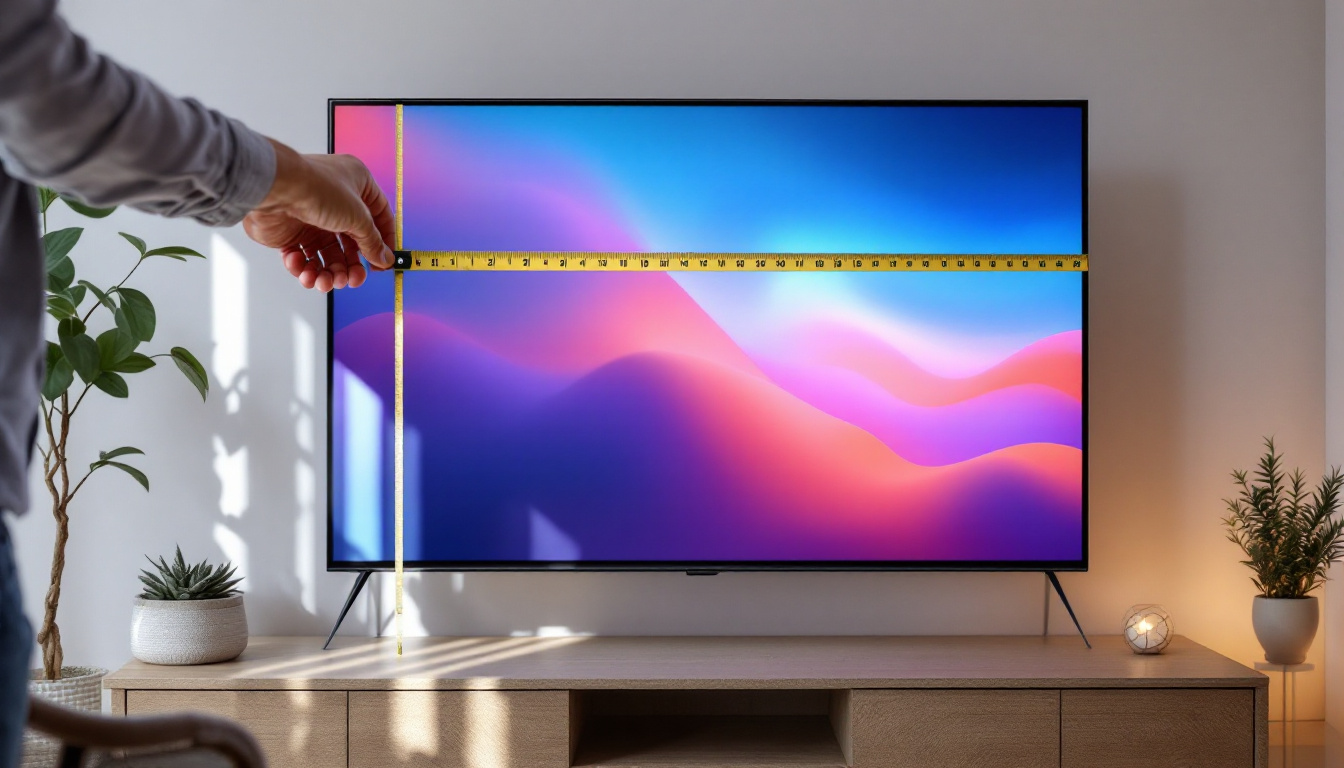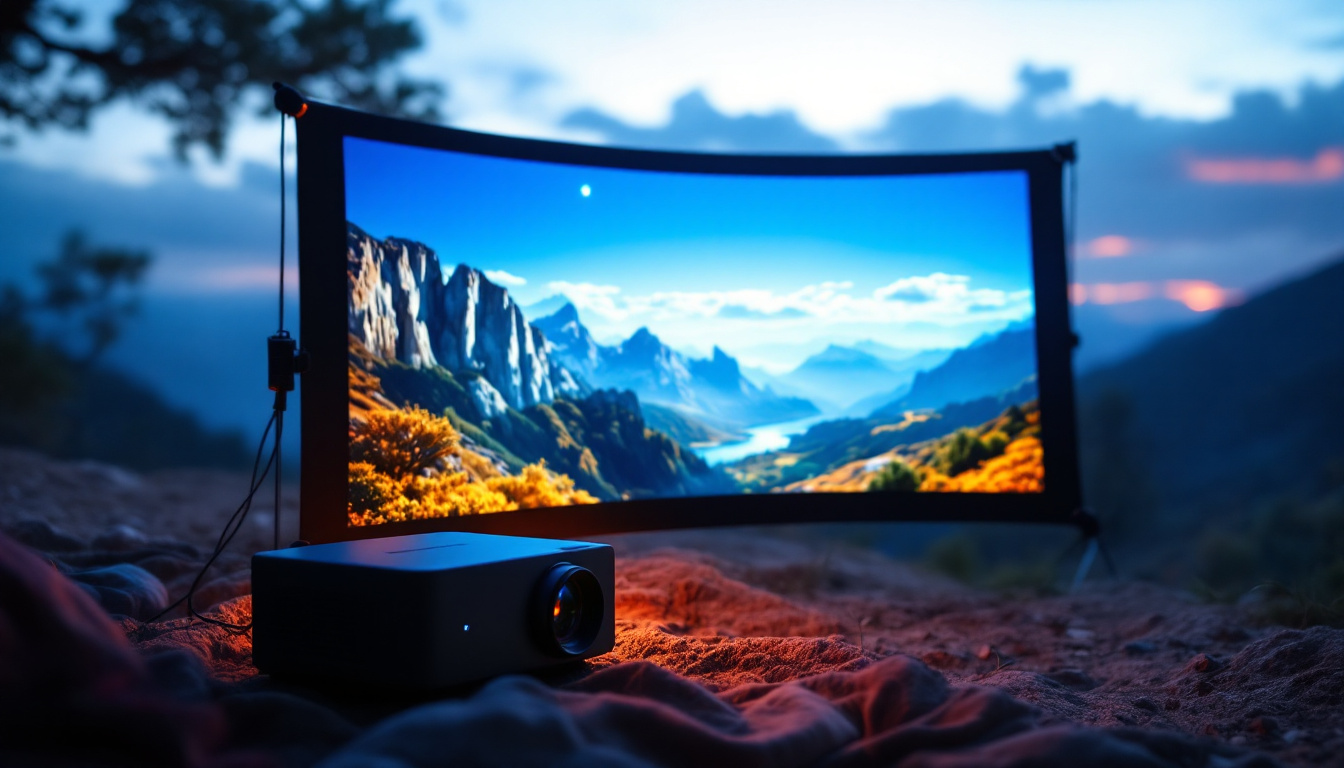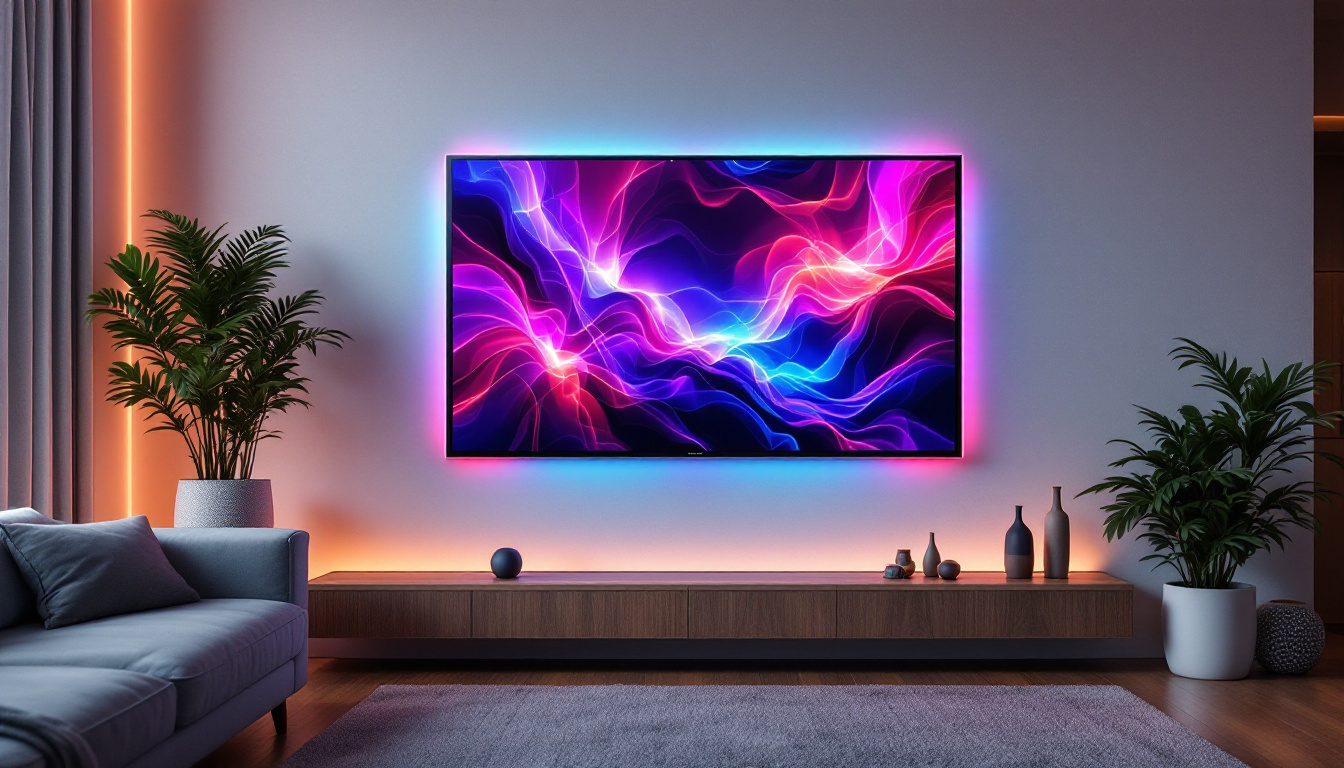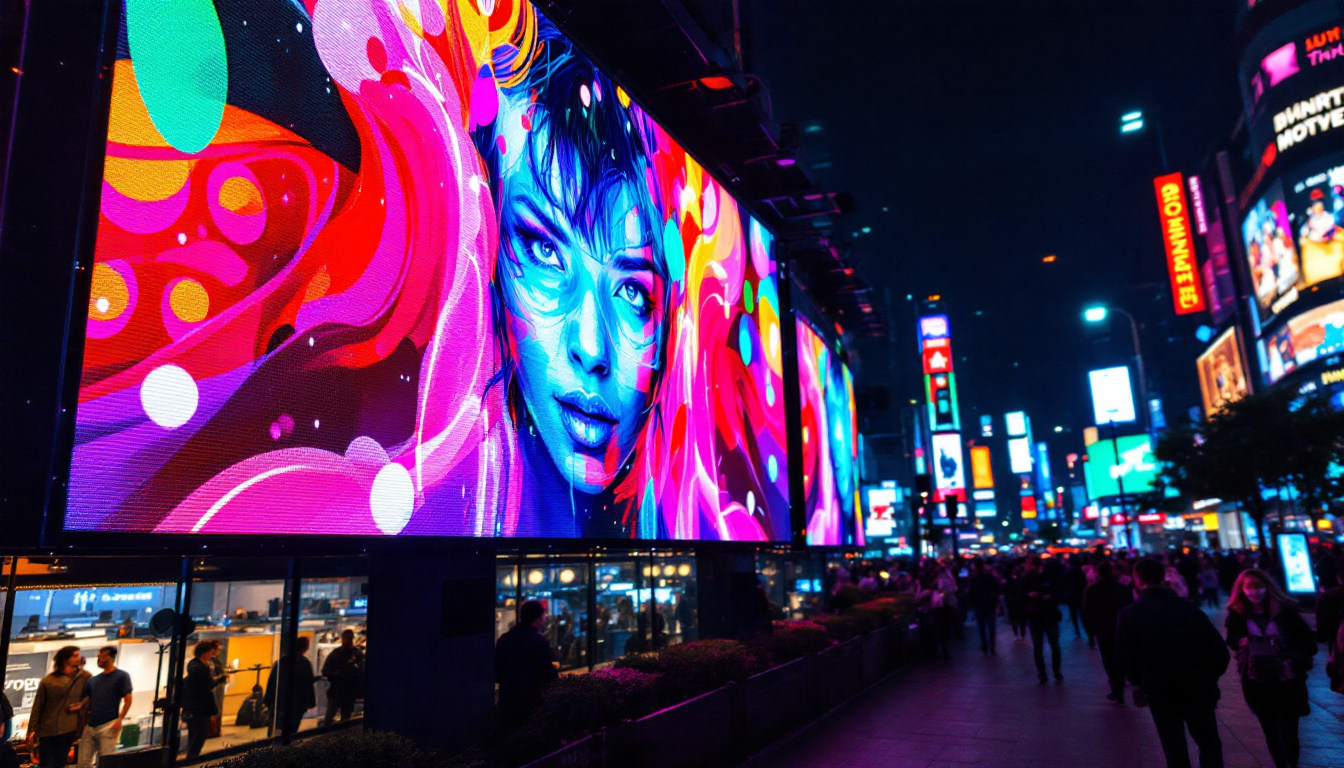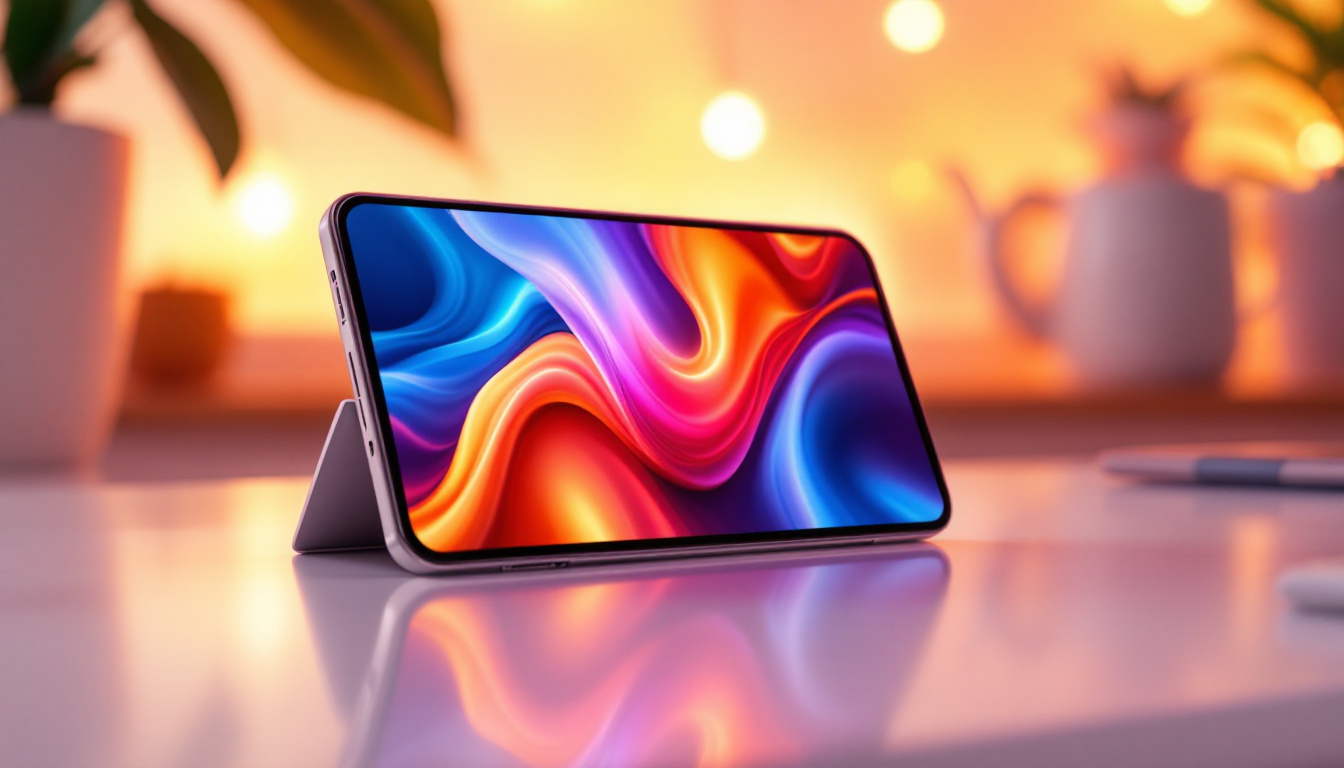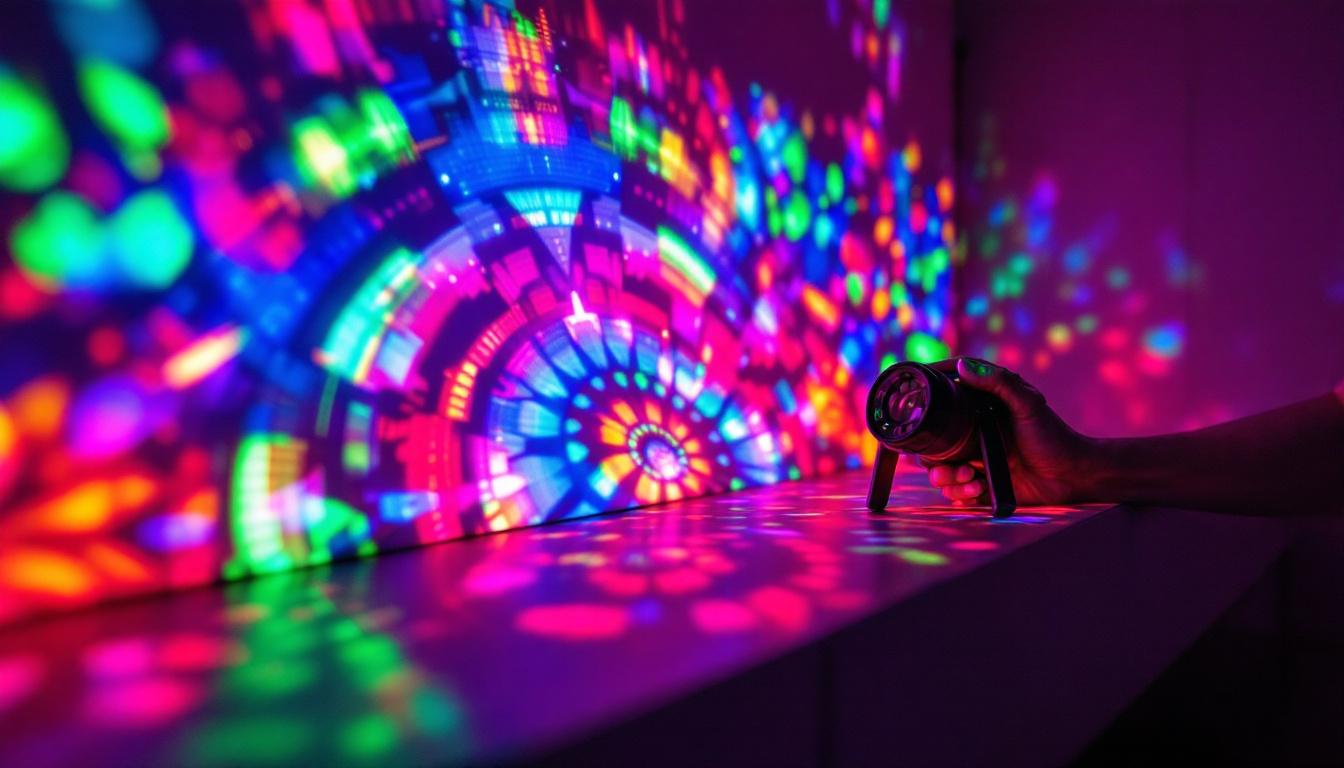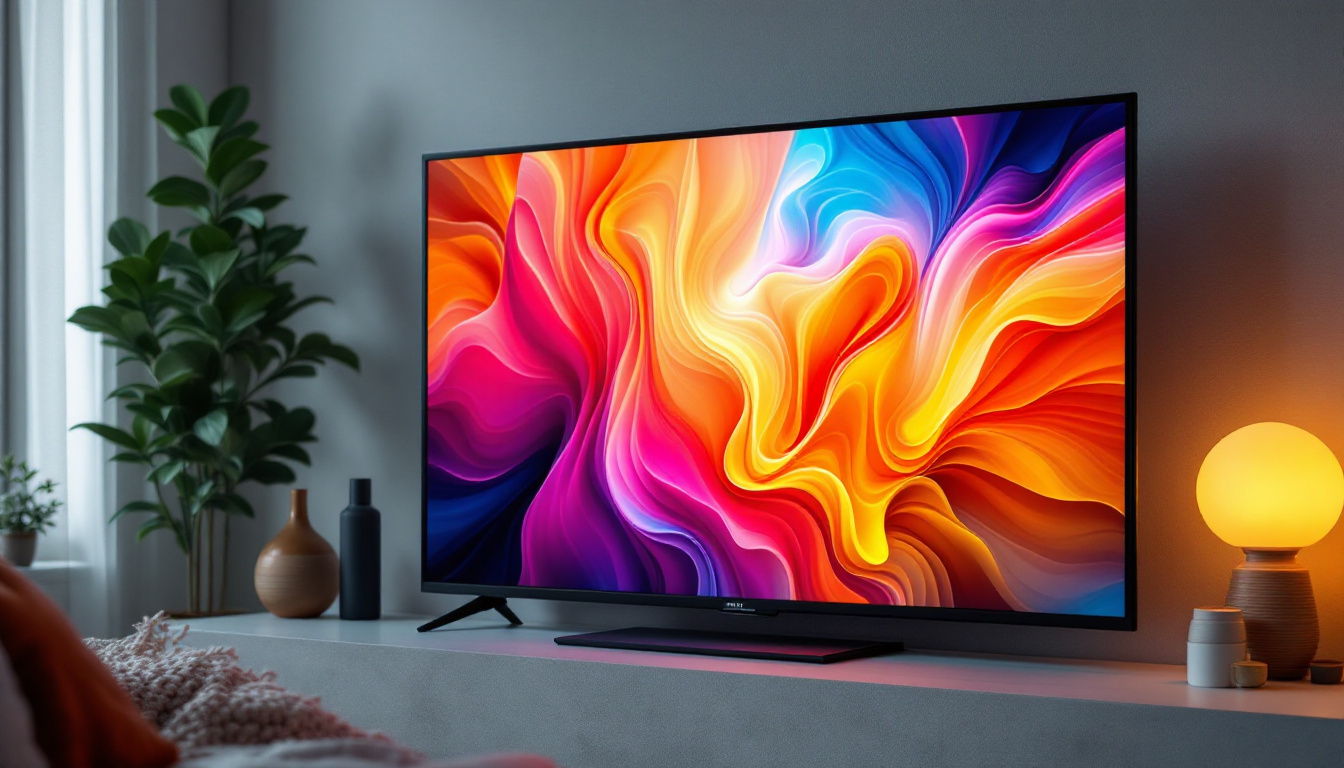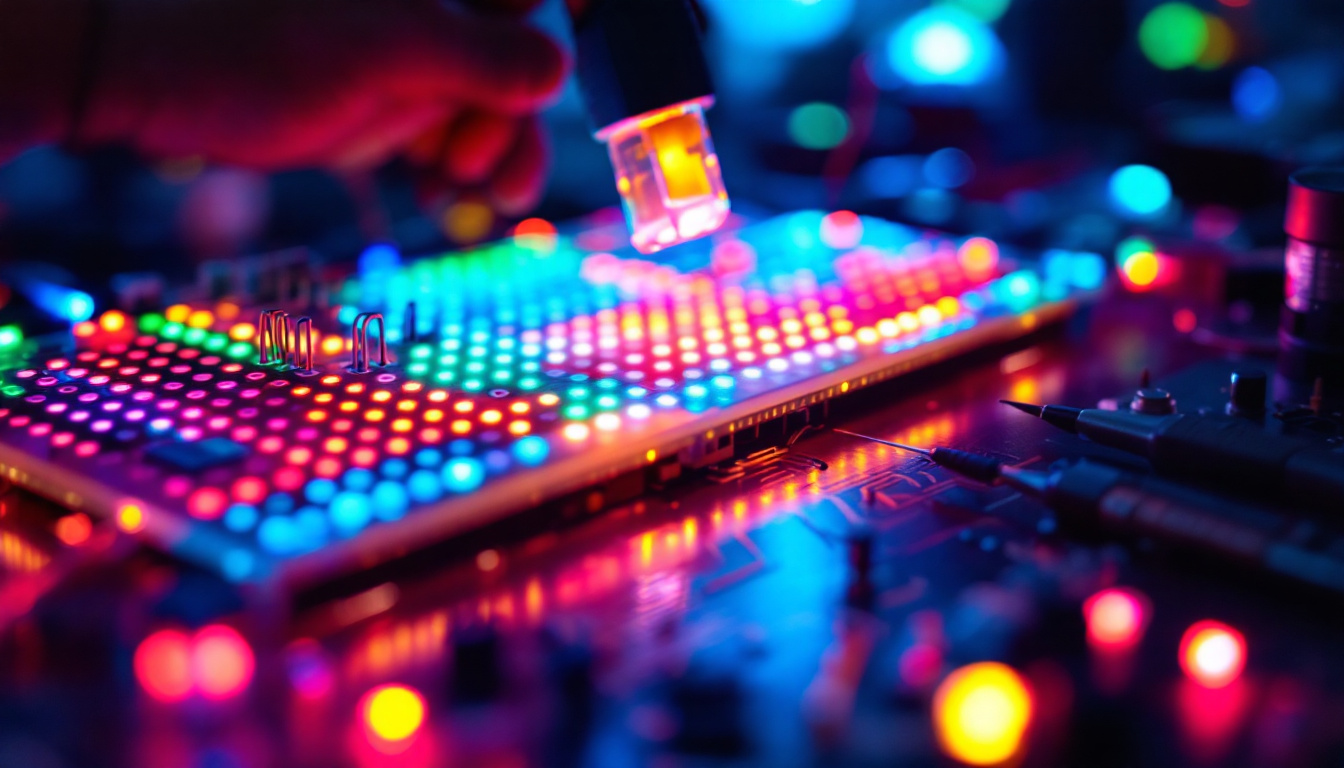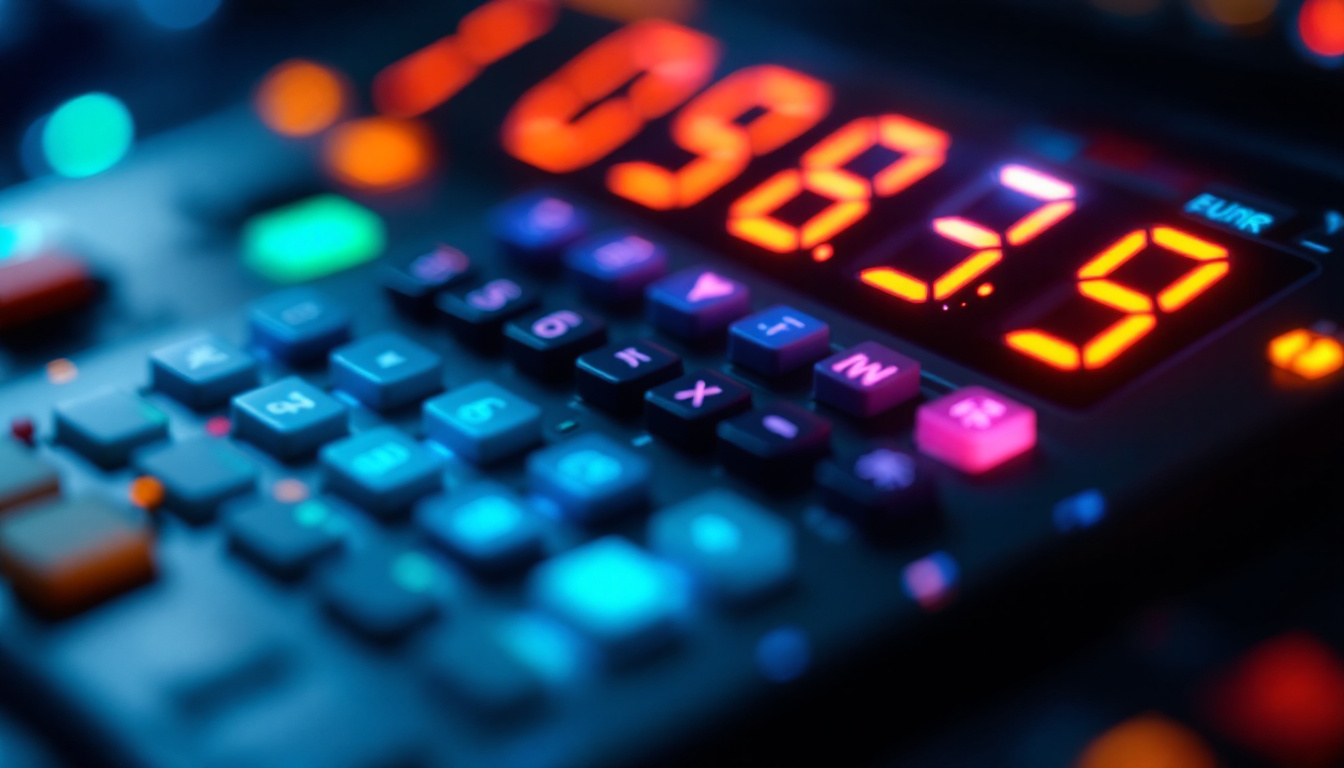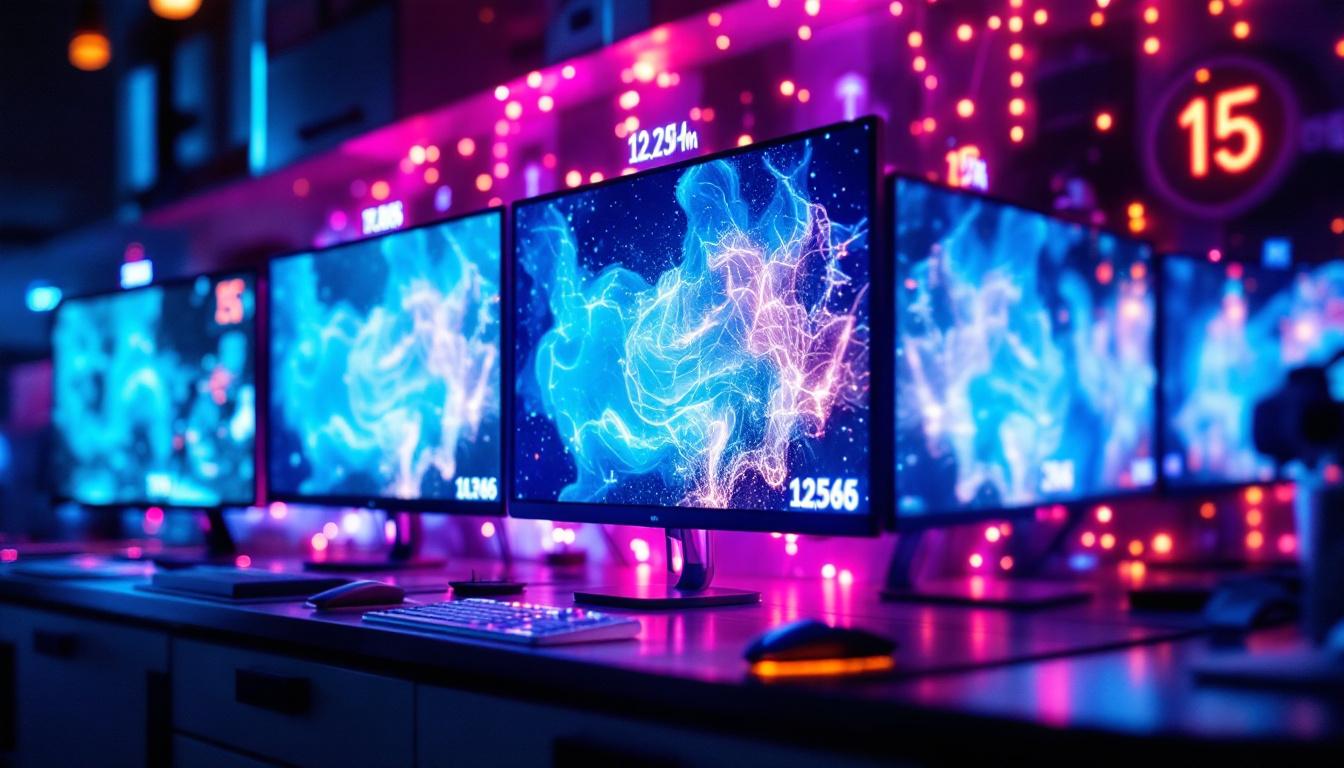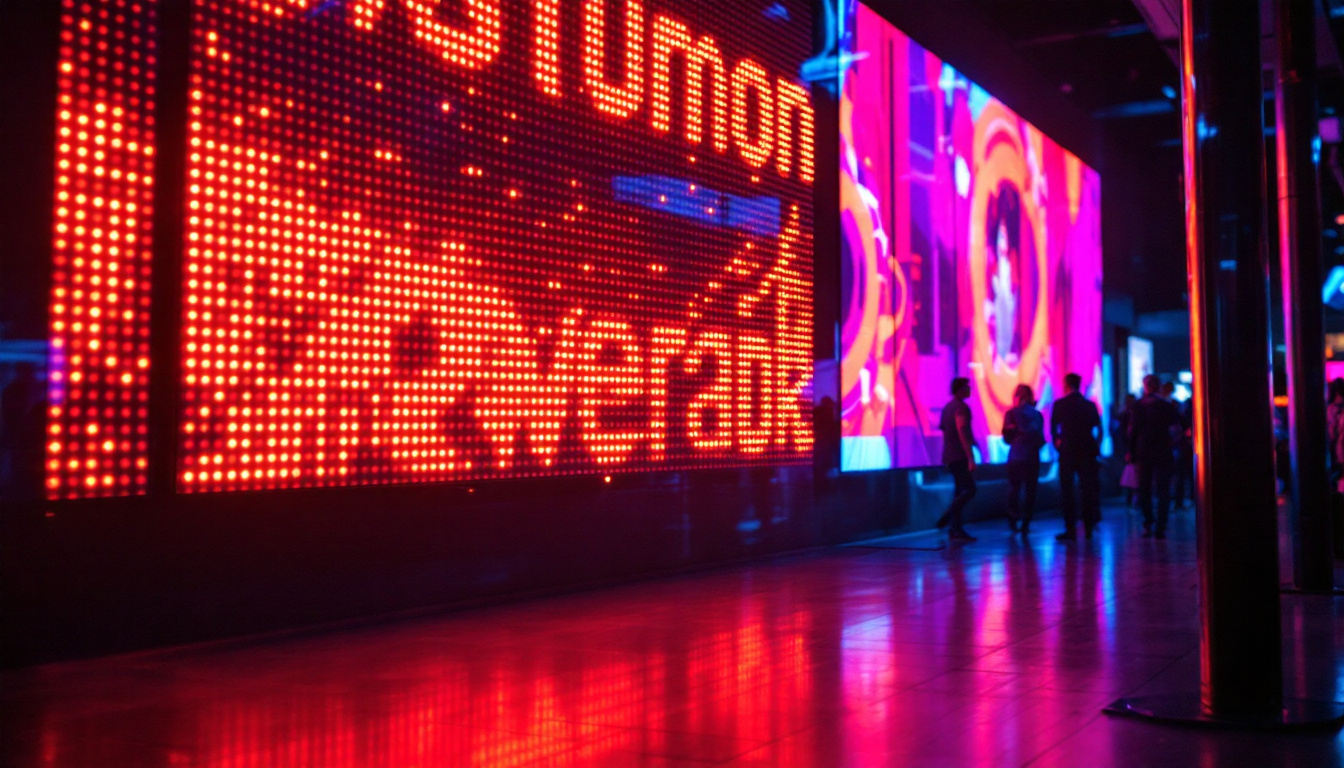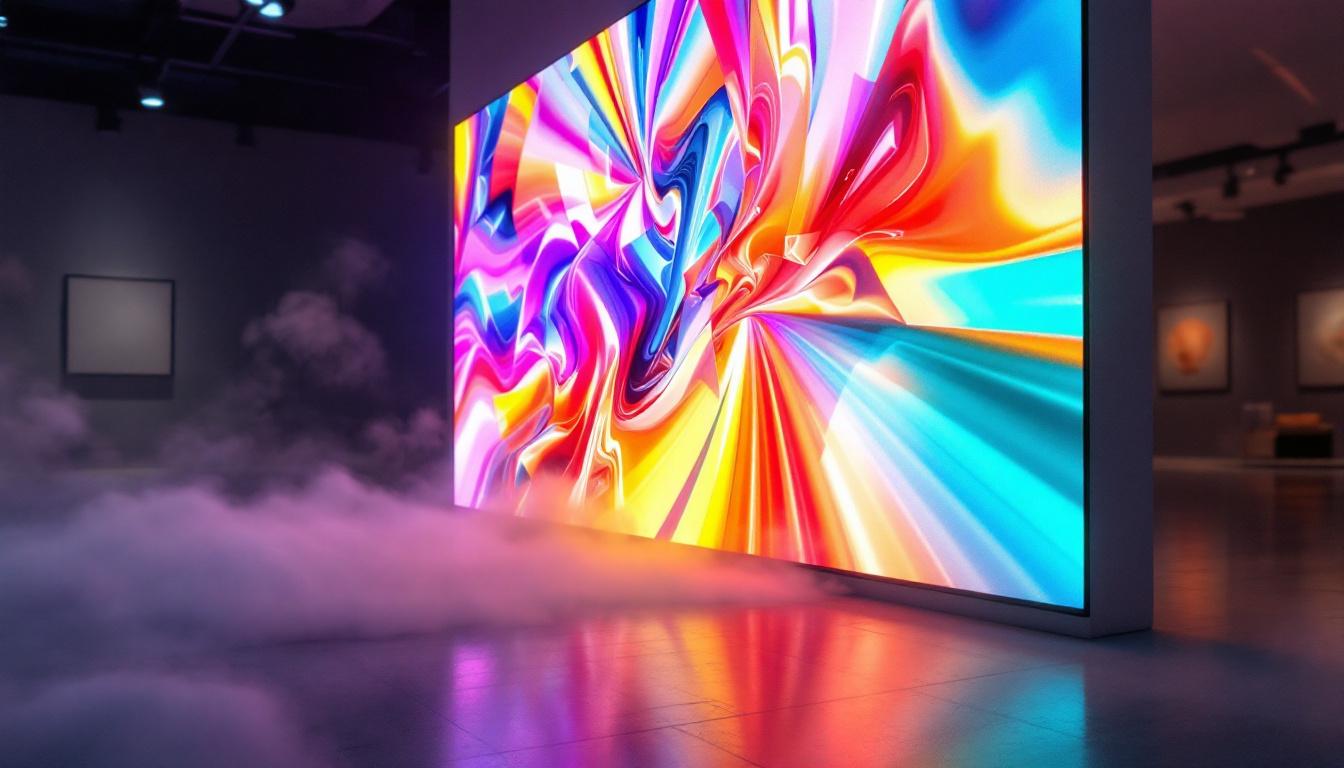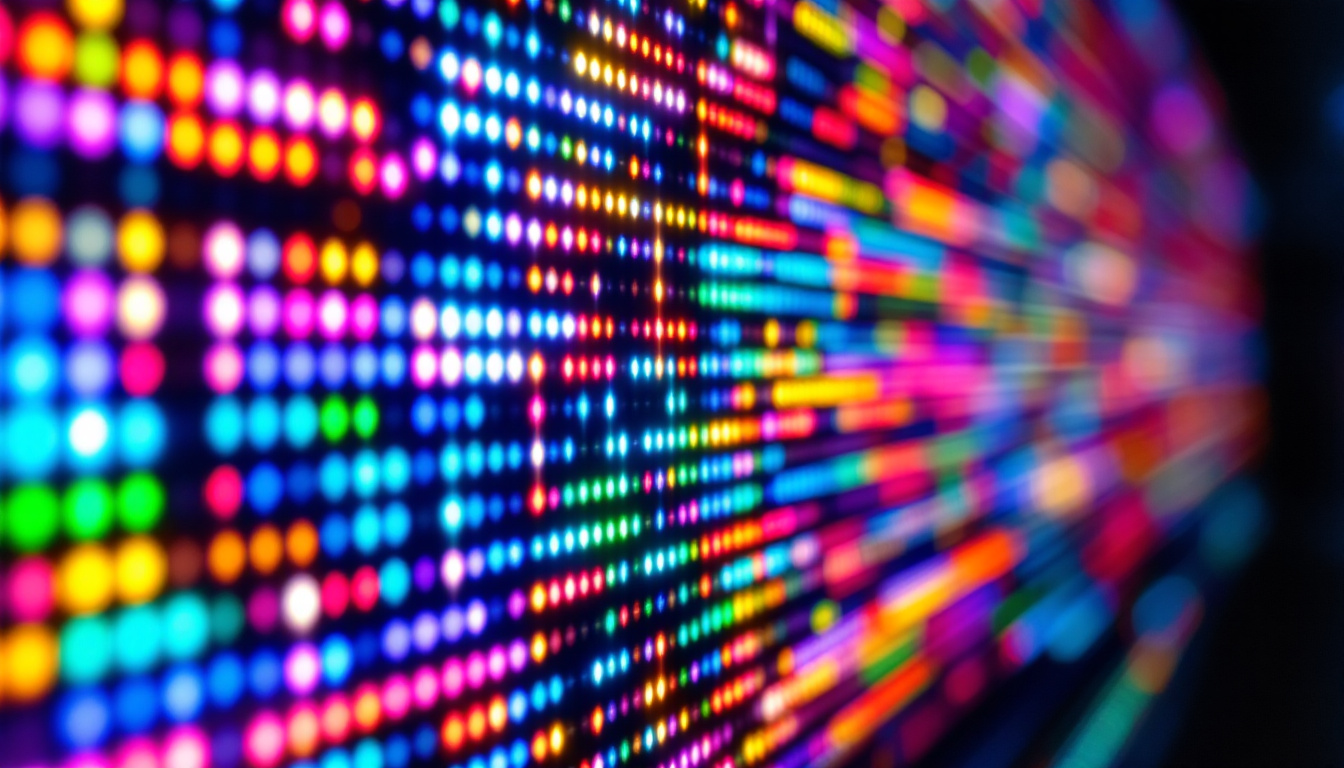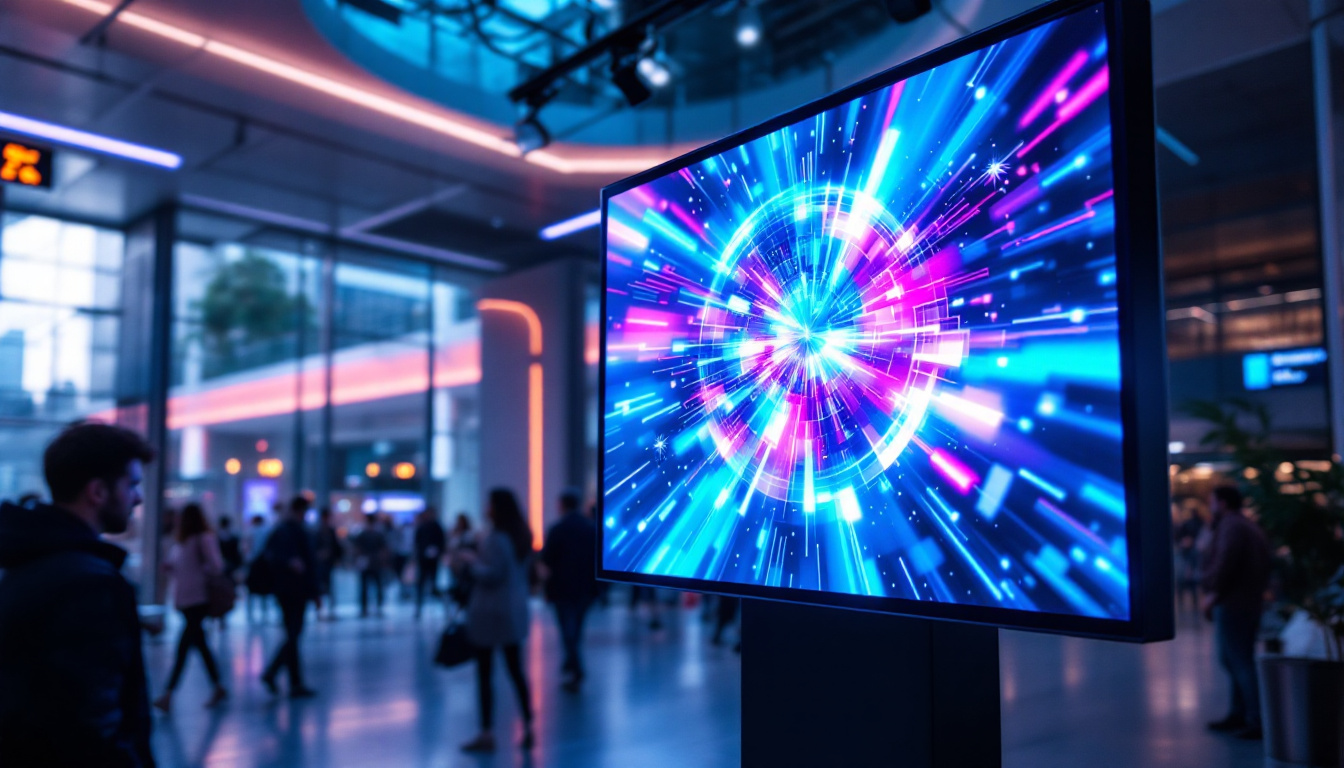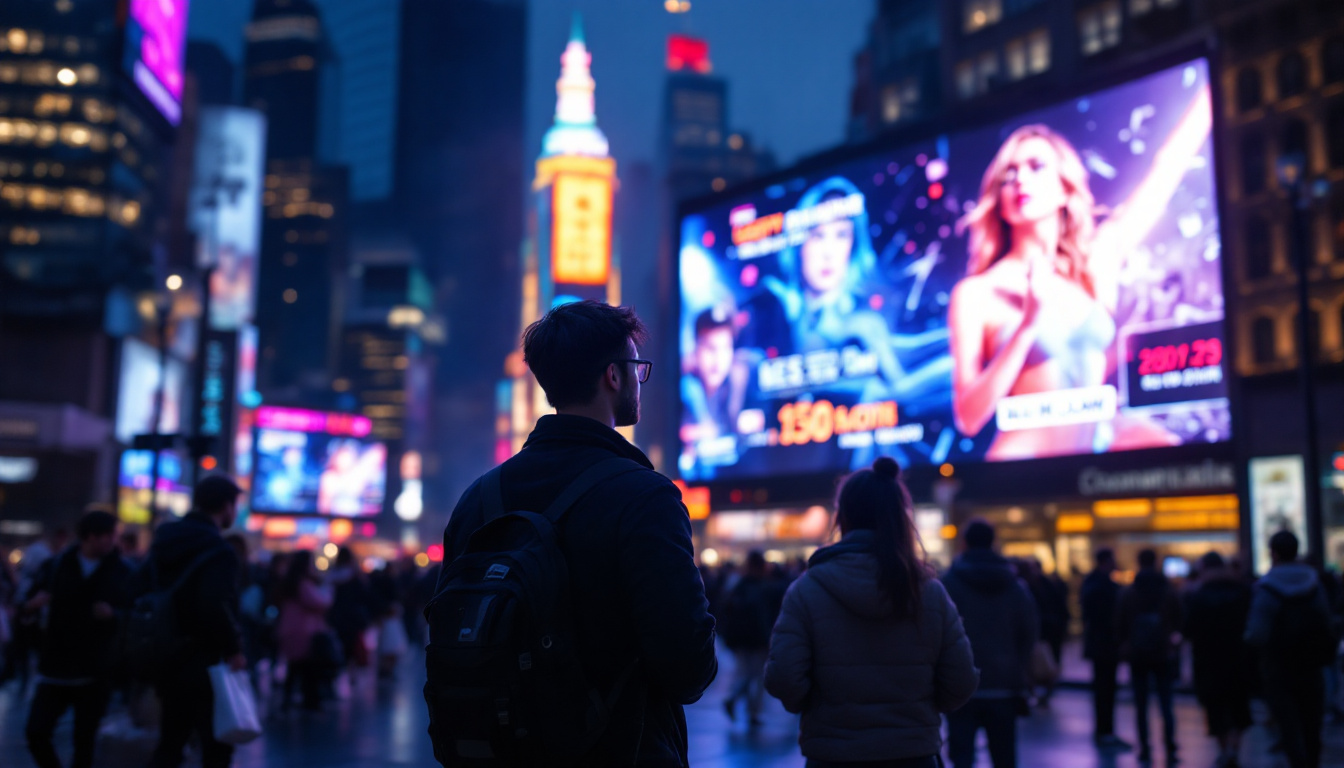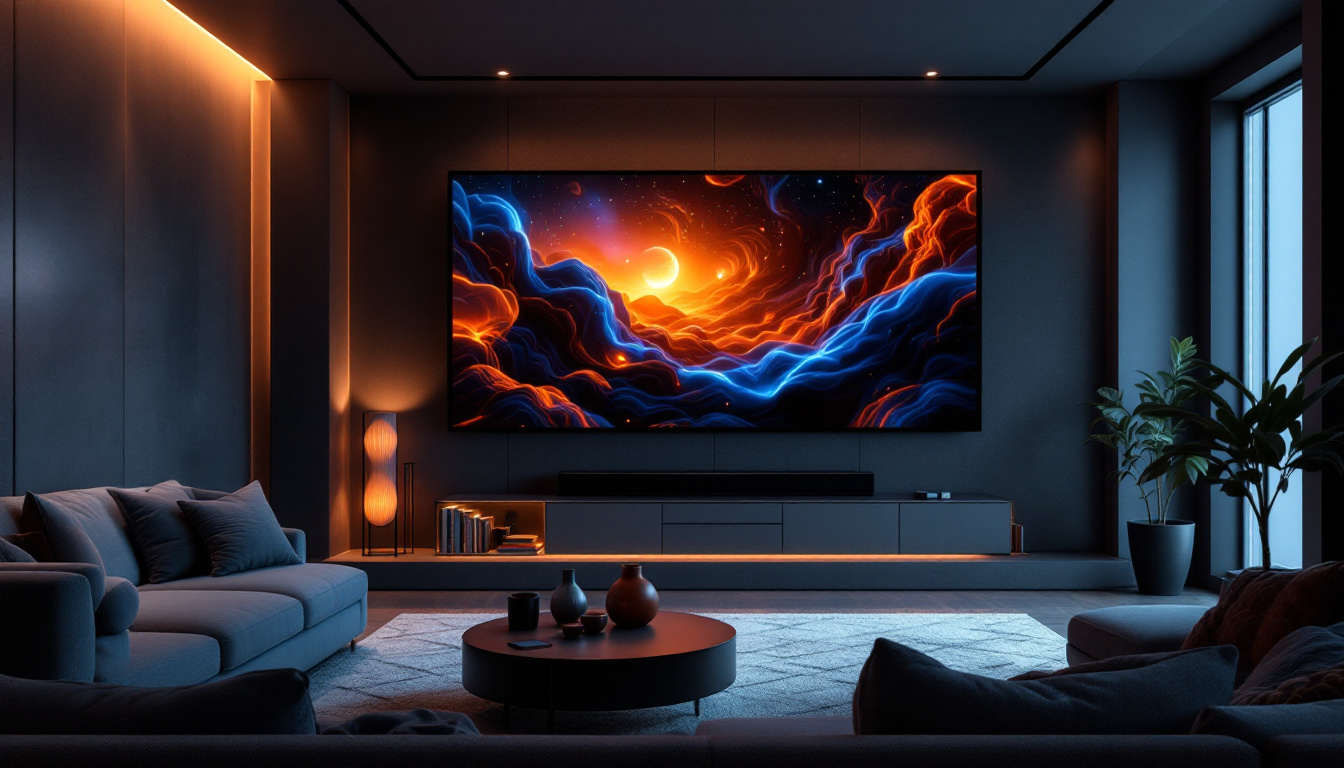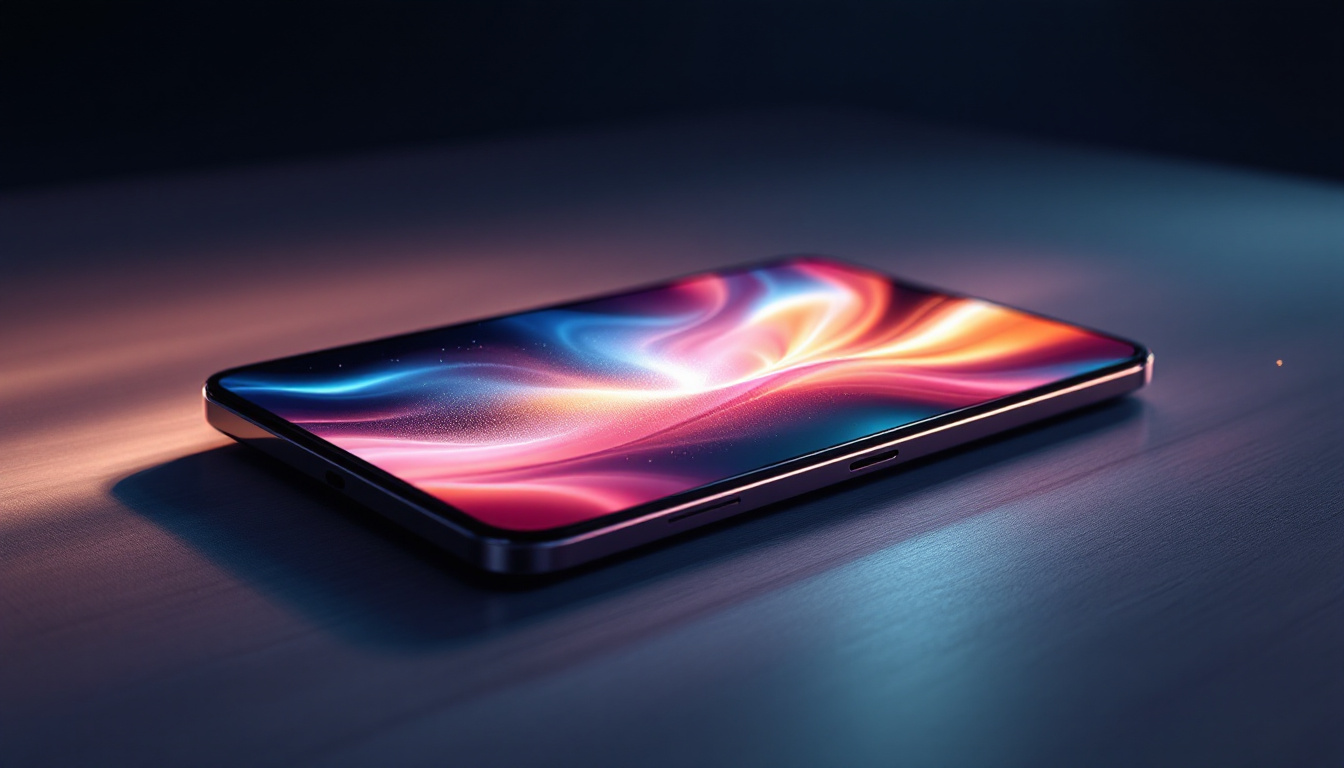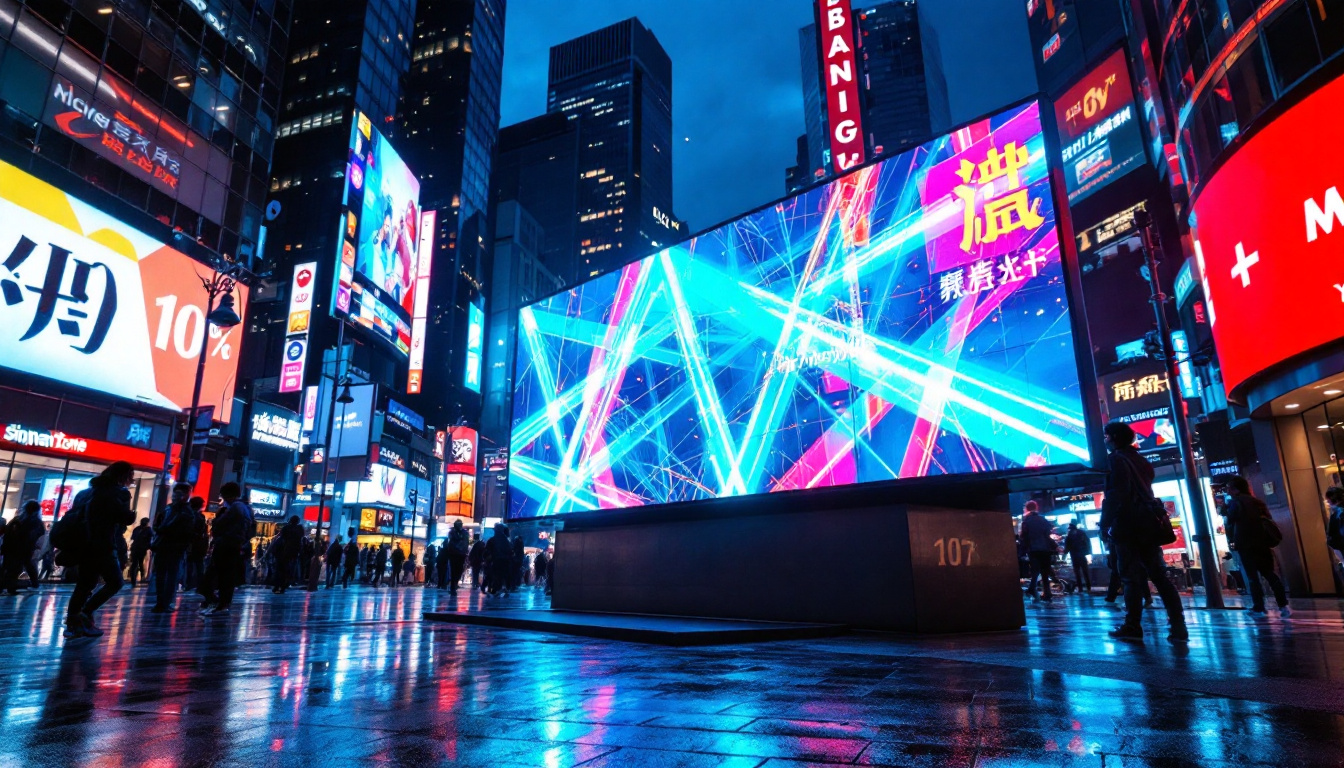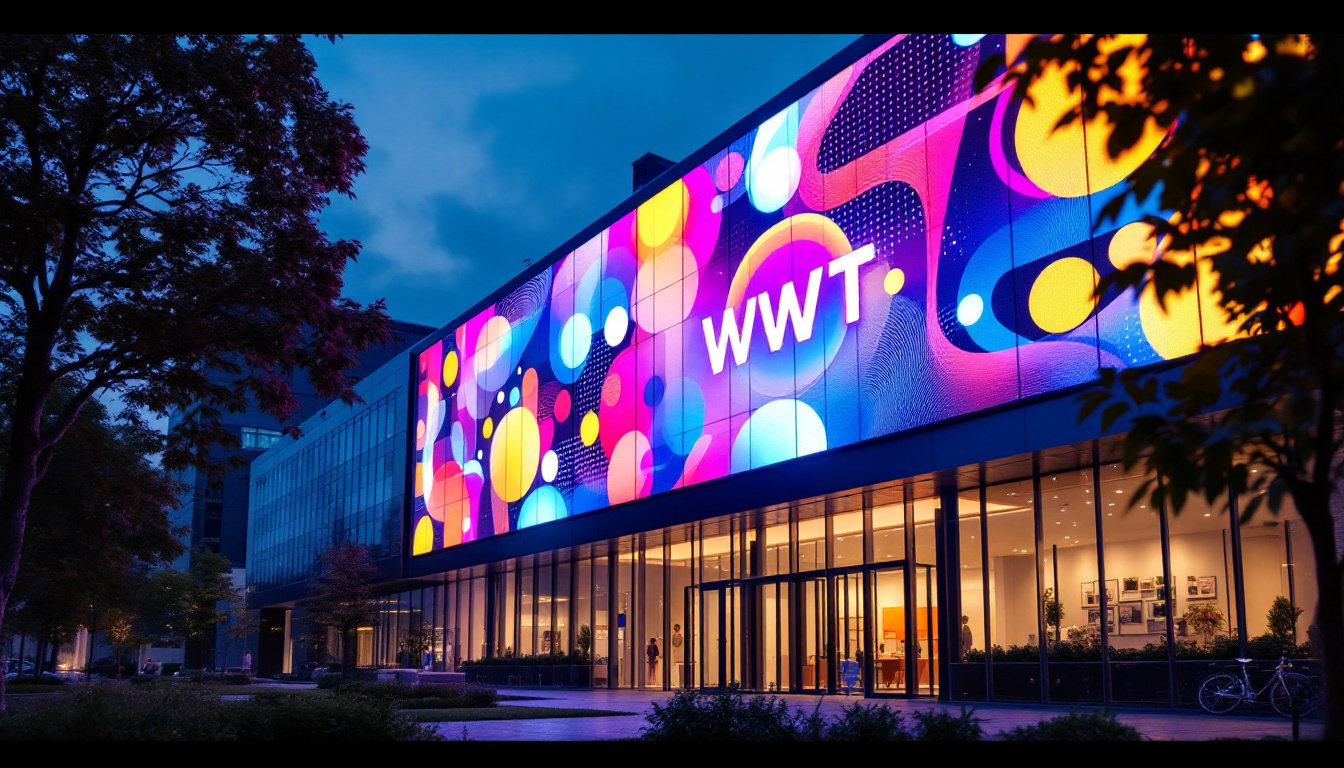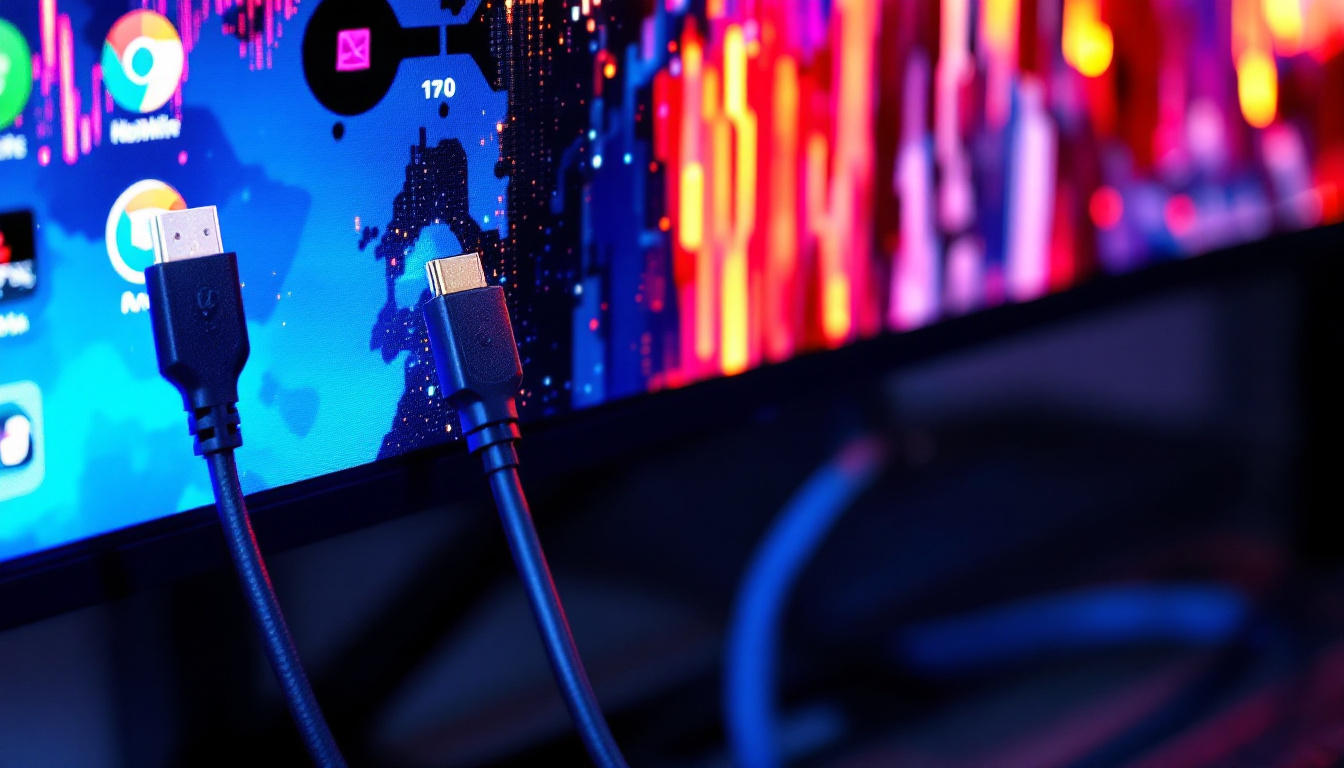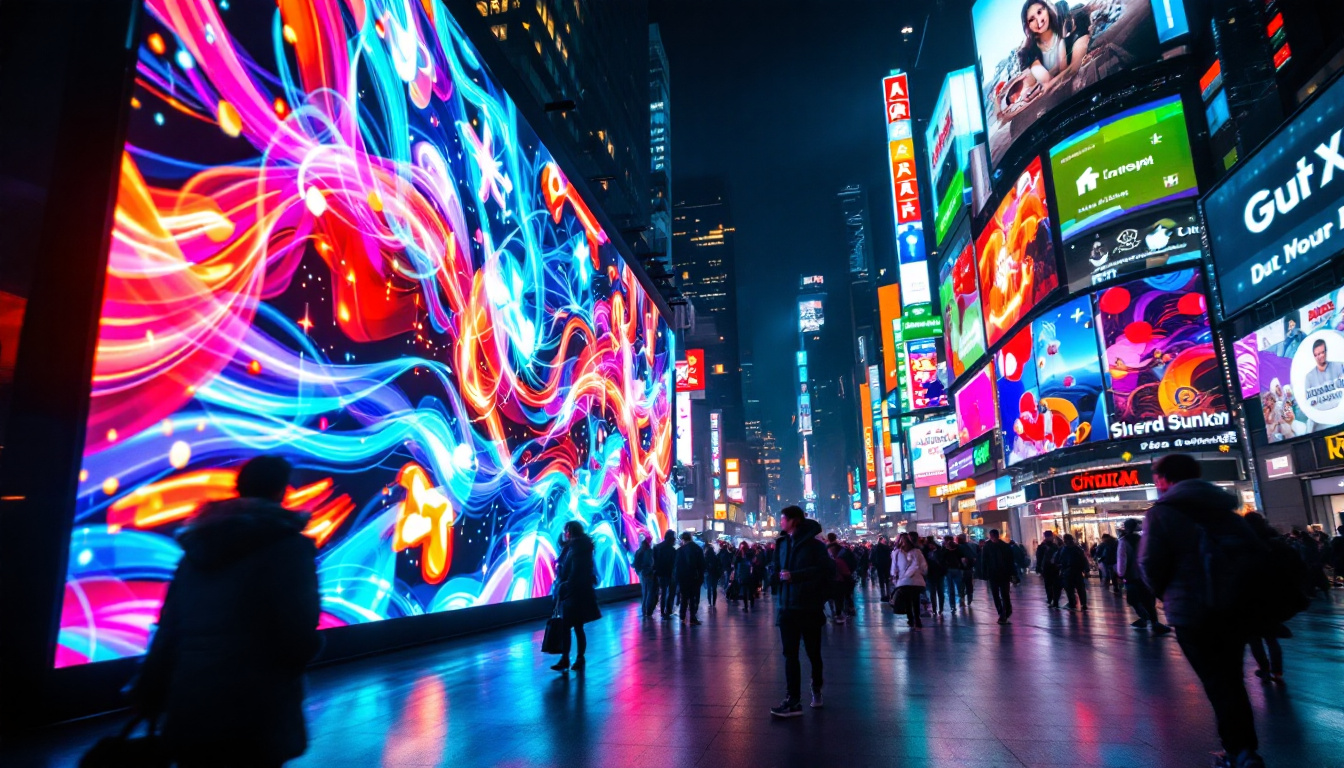In today’s fast-paced digital world, the demand for high-quality visual displays is ever-increasing. One of the most prominent technologies that have emerged in recent years is the LED display. This article delves into the intricacies of LED displays, particularly focusing on the Tel Screen, a popular choice for various applications. Understanding how these displays work, their advantages, and their applications can help consumers make informed decisions.
What is an LED Display?
LED stands for Light Emitting Diode, a semiconductor device that emits light when an electric current passes through it. LED displays utilize this technology to produce images and videos with vibrant colors and high brightness. Unlike traditional displays, which may rely on backlighting, LED displays are made up of individual pixels that emit light directly, resulting in superior image quality and energy efficiency. This direct emission of light not only enhances the visual experience but also contributes to lower power consumption, making LED displays an environmentally friendly choice.
Furthermore, the longevity of LED technology is noteworthy; many LED displays can last tens of thousands of hours, significantly outpacing older display technologies. This durability makes them ideal for both commercial and residential applications, where long-term performance is essential.
Basic Components of LED Displays
At the core of an LED display are its individual pixels, which are composed of red, green, and blue (RGB) diodes. By varying the intensity of these diodes, a wide spectrum of colors can be produced. The arrangement of these pixels can vary, leading to different types of LED displays, such as full-color displays, monochrome displays, and RGB displays. The pixel density, measured in pixels per inch (PPI), plays a crucial role in determining the clarity and sharpness of the displayed images, with higher densities providing more detailed visuals.
Additionally, LED displays are often equipped with a control system that manages the display’s operation. This system interprets the input signals and adjusts the brightness and color of each pixel accordingly. Advanced control systems may also incorporate features such as automatic brightness adjustment based on ambient light conditions, ensuring optimal viewing experiences in various environments. The combination of these components allows for the dynamic and vibrant visuals that LED displays are known for, making them a popular choice for everything from advertising to entertainment.
Types of LED Displays
LED displays come in various forms, each suited for different applications. The most common types include:
- Direct View LED Displays: These displays are made up of individual LED modules that are directly visible to the viewer. They are often used for large outdoor billboards and sports arenas, where high brightness and visibility from a distance are critical.
- LED Backlit Displays: These are traditional LCD screens that use LED technology for backlighting. They offer improved brightness and color accuracy compared to older LCD technologies, making them suitable for a wide range of consumer electronics, including laptops and televisions.
- Organic LED (OLED) Displays: A newer technology that uses organic compounds to emit light. OLED displays are known for their deep blacks and high contrast ratios, making them popular in high-end televisions and smartphones. The flexibility of OLED technology also allows for innovative designs, such as curved and foldable screens.
In addition to these common types, there are also specialized LED displays designed for niche applications. For instance, transparent LED displays are gaining traction in retail environments, allowing products to be showcased behind the screen while still displaying vibrant advertisements. Similarly, flexible LED displays are being developed for use in unique architectural designs, enabling creative installations that were previously impossible with traditional display technologies. As the field of LED technology continues to evolve, we can expect even more innovative applications to emerge, further enhancing our visual experiences.
Advantages of LED Displays
LED displays offer numerous advantages over traditional display technologies. These benefits contribute to their growing popularity across various sectors, from advertising to entertainment and beyond.
Energy Efficiency
One of the most significant advantages of LED displays is their energy efficiency. Compared to traditional incandescent or fluorescent lighting, LED technology consumes significantly less power. This not only reduces electricity costs but also minimizes the environmental impact, making LED displays a more sustainable choice.
Brightness and Visibility
LED displays are renowned for their exceptional brightness levels. This characteristic makes them ideal for outdoor applications, where sunlight can wash out other types of displays. The high visibility of LED screens ensures that content remains clear and engaging, even in bright daylight.
Longevity and Durability
LED displays are built to last. With a lifespan that can exceed 100,000 hours, they outlast many traditional display technologies. Additionally, they are more resistant to shock and vibration, making them suitable for various environments, including outdoor settings where weather conditions can be unpredictable.
Applications of LED Displays
The versatility of LED displays allows them to be used in a wide range of applications. From advertising to entertainment, their impact is felt across numerous industries.
Advertising and Marketing
One of the most common applications of LED displays is in advertising. Digital billboards and signage have become ubiquitous in urban environments, capturing the attention of passersby with dynamic content. LED displays allow advertisers to change their messages quickly and easily, enabling targeted marketing strategies that can adapt to different audiences and times of day.
Entertainment and Events
In the entertainment industry, LED displays are used extensively in concerts, festivals, and sporting events. Large LED screens enhance the audience’s experience by providing live feeds, graphics, and other visual elements that complement performances. Their ability to deliver high-quality visuals in various lighting conditions makes them a preferred choice for event organizers.
Corporate and Educational Use
LED displays are also gaining traction in corporate and educational settings. In offices, they can be used for presentations, video conferencing, and digital signage to convey important information. In educational institutions, LED displays serve as interactive learning tools, enhancing the teaching experience and engaging students more effectively.
Understanding Tel Screen Technology
Tel Screen is a specific brand within the LED display market, known for its innovative solutions and high-quality products. Understanding the unique features and technologies that Tel Screen offers can help consumers appreciate the value of their displays.
High-Resolution Displays
Tel Screen specializes in high-resolution LED displays that provide stunning image quality. With advancements in pixel density, these displays can deliver crisp visuals that are ideal for detailed content, such as graphics and videos. This high resolution is particularly beneficial for applications where clarity is paramount, such as in control rooms or broadcast studios.
Smart Connectivity Features
Many Tel Screen displays come equipped with smart connectivity options, enabling seamless integration with various devices and platforms. This feature allows users to easily share content from smartphones, tablets, and computers, enhancing the versatility and usability of the display. The ability to connect wirelessly also simplifies the setup process, making it easier for businesses and organizations to implement these displays.
Customizable Solutions
Tel Screen offers customizable display solutions tailored to meet specific client needs. Whether it’s a unique size, shape, or functionality, their team works closely with clients to create displays that fit perfectly into their intended environments. This level of customization ensures that businesses can maximize the impact of their visual communication strategies.
Challenges and Considerations
While LED displays, including those from Tel Screen, offer numerous benefits, there are also challenges and considerations that potential buyers should keep in mind.
Initial Costs
The initial investment for LED displays can be higher than that of traditional display technologies. However, it is essential to consider the long-term savings associated with energy efficiency and longevity. Over time, the reduced maintenance and replacement costs can offset the initial expenditure, making LED displays a cost-effective choice in the long run.
Viewing Angles
Another consideration is the viewing angle of the display. While many LED displays offer wide viewing angles, some may not perform as well when viewed from extreme angles. It is crucial for buyers to assess the intended viewing environment and select a display that meets their specific requirements.
Maintenance and Upkeep
Although LED displays are generally durable, they still require regular maintenance to ensure optimal performance. Dust, dirt, and environmental factors can affect the display’s brightness and clarity. Establishing a maintenance routine can help prolong the lifespan of the display and maintain its visual quality.
The Future of LED Displays
The future of LED displays looks promising, with ongoing advancements in technology and applications. As the demand for high-quality visual communication continues to grow, manufacturers are exploring new innovations to enhance the performance and functionality of LED displays.
Emerging Technologies
One area of development is the integration of artificial intelligence (AI) and machine learning into LED display technology. These advancements could enable displays to adapt content based on audience engagement and preferences, creating a more personalized experience. Additionally, improvements in energy efficiency and sustainability will likely continue to be a focus, as consumers become more environmentally conscious.
Integration with Augmented and Virtual Reality
As augmented reality (AR) and virtual reality (VR) technologies evolve, LED displays are expected to play a significant role in enhancing these experiences. The ability to create immersive environments with high-quality visuals will be crucial for industries such as gaming, education, and training.
Broader Applications
LED displays will likely find broader applications beyond traditional sectors. For instance, smart cities may utilize LED technology for dynamic public information displays, enhancing communication between city officials and residents. Furthermore, advancements in flexible and transparent LED displays could open new avenues for architectural and design applications, allowing for innovative and creative installations.
Conclusion
LED displays, particularly those offered by Tel Screen, represent a significant advancement in visual communication technology. With their energy efficiency, longevity, and versatility, they have become a preferred choice across various industries. As technology continues to evolve, the potential for LED displays is vast, promising exciting developments in the years to come.
Understanding the intricacies of LED displays, their advantages, and their applications is essential for making informed decisions. Whether for advertising, entertainment, or corporate use, investing in high-quality LED displays can significantly enhance visual communication strategies and engage audiences effectively.
Discover Cutting-Edge LED Displays with LumenMatrix
Ready to elevate your visual communication with the latest in LED technology? Look no further than LumenMatrix, a pioneer in crafting LED display modules that transform any space into a dynamic visual spectacle. From the vibrancy of an Indoor LED Wall Display to the robustness of Outdoor LED Wall Displays, and the innovation of Custom and All-in-One LED solutions, LumenMatrix is at the forefront of revolutionizing how businesses connect with their audience. Experience the power of LED Sports Displays, the versatility of Vehicle LED Displays, or the creativity of LED Transparent Displays. Don’t miss the opportunity to captivate and engage your audience with unparalleled clarity. Check out LumenMatrix LED Display Solutions today and witness the transformation in your visual storytelling.

